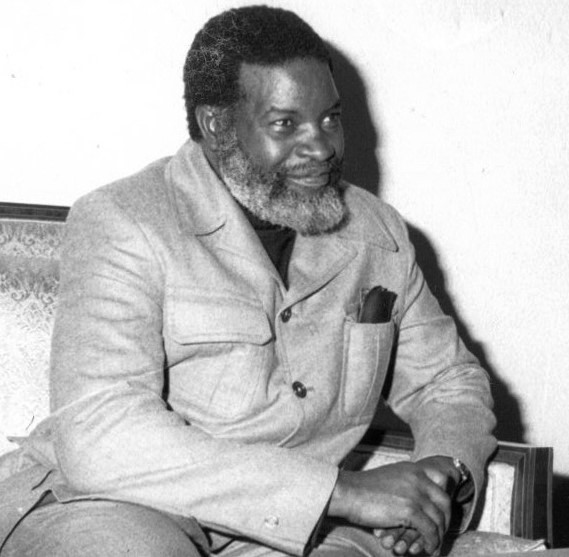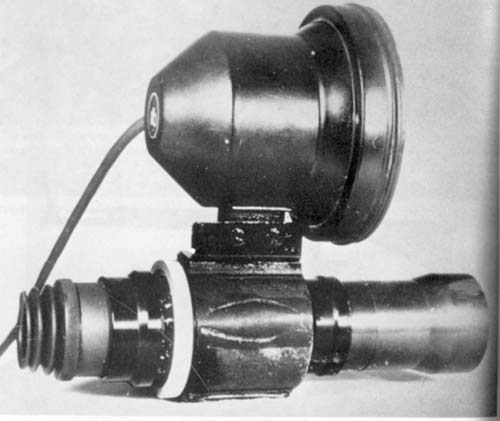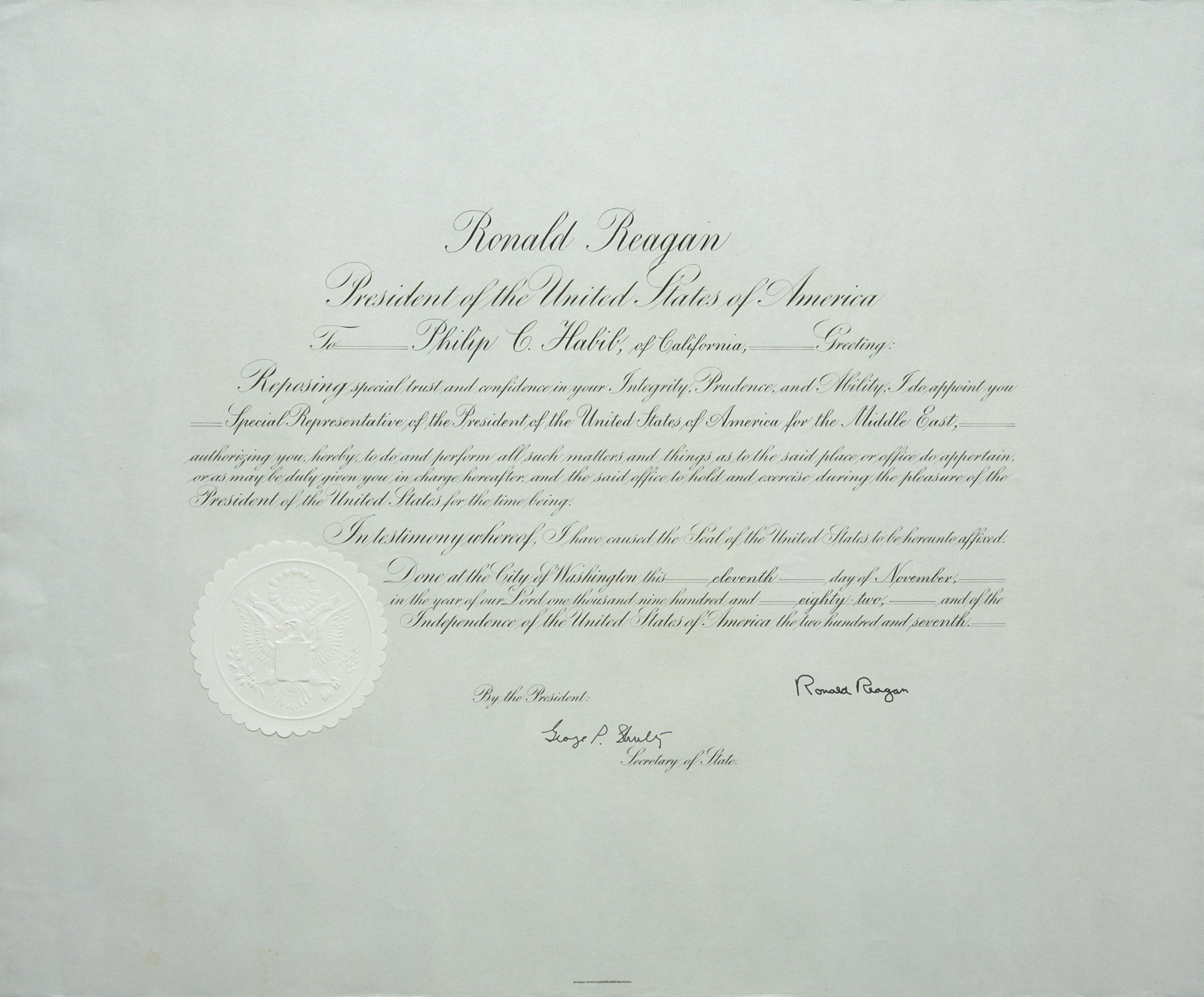|
9K31
The 9K31 ''Strela-1'' (russian: 9К31 «Стрела-1»; en, arrow) is a highly mobile, short-range, low altitude infra-red guided surface-to-air missile system. Originally developed by the Soviet Union under the GRAU designation 9K31, it is commonly known by its NATO reporting name, SA-9 "Gaskin". The system consists of a BRDM-2 amphibious vehicle, mounting two pairs of ready-to-fire 9M31 missiles. Development history The missiles used in this system were developed alongside the ubiquitous Soviet MANPADS 9K32M "Strela-2" (NATO designation SA-7 "Grail") in the 1960s. At first, both missiles were intended to be man-portable systems, but as it became obvious that the Strela-2 would be far more compact, the development goals of Strela-1 were changed. Instead of a battalion-level man-portable system the new criteria called for a regimental vehicle-mounted SAM to support the ZSU-23-4. As a result of the change in role and more relaxed weight limits of a vehicle-mounted SAM, the ... [...More Info...] [...Related Items...] OR: [Wikipedia] [Google] [Baidu] |
BRDM-2
The BRDM-2 (''Boyevaya Razvedyvatelnaya Dozornaya Mashina'', Боевая Разведывательная Дозорная Машина, literally "Combat Reconnaissance/Patrol Vehicle") is an amphibious armoured scout car used by states that were part of the Soviet Union and its allies. It was also known under the designations BTR-40PB, BTR-40P-2 and GAZ 41-08. This vehicle, like many other Soviet designs, has been exported extensively and is in use in at least 38 countries. It was intended to replace the older BRDM-1, and has improved amphibious capabilities and better armament compared to its predecessor. History After a few years of use by the Soviet Army, the limitations and drawbacks of the BRDM-1 became obvious. The vehicle had no turret and to operate the armament the gunner had to open a hatch and expose himself to enemy fire. The vehicle was not fitted with an NBC protection system, and had no night vision equipment by default. The vehicle also lacked any kind of s ... [...More Info...] [...Related Items...] OR: [Wikipedia] [Google] [Baidu] |
ZSU-23-4
The ZSU-23-4 "Shilka" is a lightly armored Soviet self-propelled, radar-guided anti-aircraft weapon system ( SPAAG). Etymology The acronym "ZSU" stands for ''Zenitnaya Samokhodnaya Ustanovka'' (russian: Зенитная Самоходная Установка), meaning "anti-aircraft self-propelled system"; the "23" signifies the bore diameter in millimeters; the "4" signifies the number of gun barrels. It is named after the Shilka River in Russia. Afghan soldiers nicknamed it the "sewing machine" due to the sound of firing guns. It is also referred to by its nickname of "Zeus", derived from the Russian acronym. History The previous Soviet self-propelled anti-aircraft gun ( SPAAG), the ZSU-57-2, was armed with two 57 mm autocannons; it was aimed optically using a basic tracking and lead calculating system. The ZSU-57-2 was not particularly successful despite its very powerful autocannons; given their large caliber, it could only carry 300 rounds, was inaccurate as it lack ... [...More Info...] [...Related Items...] OR: [Wikipedia] [Google] [Baidu] |
KB Tochmash
The JSC Precision Engineering Design Bureau named after A. E. Nudelman (russian: Конструкторское бюро точного машиностроения им. А. Э. Нудельмана, Konstruktorskoye Byuro Tochnogo Mashinostroeniya im. A. E. Nudelmana), shortened to "KB Tochmash" (russian: КБ Точмаш, KB Tochmash), is a missile design bureau located in Moscow. It was founded in 1934 under the designation OKB-16 under the leadership of Yakov Taubin, but after his arrest and execution, leadership fell to Alexander Nudelman, who would lead it until 1987. Products KB Tochmash has designed many weapon systems, including the following: Gun systems * Nudelman-Suranov NS-37 Autocannon * Nudelman-Suranov NS-23 Autocannon * Nudelman-Suranov NS-45 Autocannon * Nudelman N-37 Autocannon * Nudelman-Rikhter NR-23 Autocannon * Nudelman-Rikhter NR-30 Autocannon * Rikhter R-23 Autocannon * Nudelman-Nemenov NN-30 CIWS * AGS-17 Automatic Grenade Launcher Rockets * ... [...More Info...] [...Related Items...] OR: [Wikipedia] [Google] [Baidu] |
GRAU
The Main Missile and Artillery Directorate of the Ministry of Defense of the Russian Federation (), commonly referred to by its transliterated Russian acronym GRAU (), is a department of the Russian Ministry of Defense. It is subordinate to the Chief of Armament and Munition of the Russian Armed Forces, a vice-minister of defense. The organization dates back to 1862 when it was established under the name Главное артиллерийское управление (ГАУ – GAU). The "R" from "rockets" was added to the title in 1960. In particular, the GRAU is responsible for assigning GRAU indices to Russian army munitions and equipment. Arsenals of the GRAU, according to Kommersant-Vlast in 2005, include the 60th at Kaluga, the 55th at Rzhev, the 75th at Serpukhov south of Moscow, (all three in the Moscow Military District) and the 80th at Gagarskiy, the 116th at Krasno-Oktyabrskiy and the 5th, all in the Volga–Urals Military District.Kommersant-Vlast, Vys Rossi ... [...More Info...] [...Related Items...] OR: [Wikipedia] [Google] [Baidu] |
South African Border War
The South African Border War, also known as the Namibian War of Independence, and sometimes denoted in South Africa as the Angolan Bush War, was a largely asymmetric conflict that occurred in Namibia (then South West Africa), Zambia, and Angola from 26 August 1966 to 21 March 1990. It was fought between the South African Defence Force (SADF) and the People's Liberation Army of Namibia (PLAN), an armed wing of the South West African People's Organisation (SWAPO). The South African Border War resulted in some of the largest battles on the African continent since World War II and was closely intertwined with the Angolan Civil War. Following several years of unsuccessful petitioning through the United Nations and the International Court of Justice for Namibian independence from South Africa, SWAPO formed the PLAN in 1962 with material assistance from the Soviet Union, China, and sympathetic African states such as Tanzania, Ghana, and Algeria. Fighting broke out between PLAN and ... [...More Info...] [...Related Items...] OR: [Wikipedia] [Google] [Baidu] |
MANPADS
Man-portable air-defense systems (MANPADS or MPADS) are portable surface-to-air missiles. They are guided weapons and are a threat to low-flying aircraft, especially helicopters. Overview MANPADS were developed in the 1950s to provide military ground forces with protection from jet aircraft. They have received a great deal of attention, partly because armed groups have used them against commercial airliners. These missiles, affordable and widely available through a variety of sources, have been used successfully over the past three decades both in military conflicts, as well as by terrorist organizations. Twenty-five countries, including the United Kingdom, the United States, Poland, Sweden, Russia, and Turkey, produce man-portable air defense systems.CRS RL31741 page 1 Possession, export, and trafficking of such weapons is officially tightly controlled, due to the threat they pose to civil aviation, although such efforts have not always been successful. The missiles are about ... [...More Info...] [...Related Items...] OR: [Wikipedia] [Google] [Baidu] |
Gaskin - European legal case
{{disambiguation ...
Gaskin may refer to: *Gaskin (surname) *9K31 Strela-1, a Russian military vehicle tagged with the NATO reporting name 'Gaskin' * Gaskin (horse) - large muscle on the hind leg of a horse or related animal between the stifle and the hock; the relevant section of the leg. Homologous to the human calf See also *Gaskin v United Kingdom {{Use British English, date=January 2013 ''Gaskin v UK'' (1989) 12 EHRR 36 was a legal case from the United Kingdom, heard by the European Court of Human Rights in Strasbourg. Facts Graham Gaskin was placed in public care in the UK as a baby, wh ... [...More Info...] [...Related Items...] OR: [Wikipedia] [Google] [Baidu] |
SA-7 Grail
The 9K32 Strela-2 (russian: Cтрела, "arrow"; NATO reporting name SA-7 Grail) is a light-weight, shoulder-fired, surface-to-air missile (or MANPADS) system. It is designed to target aircraft at low altitudes with passive infrared homing guidance and destroy them with a high explosive warhead. Broadly comparable in performance with the US Army FIM-43 Redeye, the Strela-2 was the first Soviet man-portable SAM – full-scale production began in 1970. While the Redeye and 9K32 Strela-2 were similar, the missiles were not identical. The Strela-2 was a staple of the Cold War and was produced in huge numbers for the Soviet Union and their allies, as well as revolutionary movements. Though since surpassed by more modern systems, the Strela and its variants remain in service in many countries, and have seen widespread use in nearly every regional conflict since 1972. Development The end of World War II led to a major shift in Soviet defence policy. The advent of long range, high ... [...More Info...] [...Related Items...] OR: [Wikipedia] [Google] [Baidu] |
Infrared Homing
Infrared homing is a passive weapon guidance system which uses the infrared (IR) light emission from a target to track and follow it seamlessly. Missiles which use infrared seeking are often referred to as "heat-seekers" since infrared is radiated strongly by hot bodies. Many objects such as people, vehicle engines and aircraft generate and emit heat and so are especially visible in the infrared wavelengths of light compared to objects in the background. Infrared seekers are passive devices, which, unlike radar, provide no indication that they are tracking a target. That makes them suitable for sneak attacks during visual encounters or over longer ranges when they are used with a forward looking infrared or similar cuing system. Heat-seekers are extremely effective: 90% of all United States air combat losses over the past 25 years have been caused by infrared-homing missiles. They are, however, subject to a number of simple countermeasures, most notably by dropping flare ... [...More Info...] [...Related Items...] OR: [Wikipedia] [Google] [Baidu] |
Multinational Force In Lebanon
The Multinational Force in Lebanon (MNF) was an international peacekeeping force created in August 1982 following a 1981 U.S.-brokered ceasefire between the Palestine Liberation Organization (PLO) and Israel to end their involvement in the conflict between Lebanon's pro-government and pro- Syrian factions. The ceasefire held until June 3, 1982 when the Abu Nidal Organization attempted to assassinate Shlomo Argov, Israel's ambassador to London. Israel blamed the PLO and three days later invaded Lebanon. West Beirut was besieged for seven weeks before the PLO acceded to a new agreement for their withdrawal. The agreement provided for the deployment of a Multinational Force to assist the Lebanese Armed Forces in evacuating the PLO, Syrian forces and other foreign combatants involved in Lebanon's civil war. The four-nation MNF was created as an interposition force meant to oversee the peaceful withdrawal of the PLO. The participants included the U.S. Multinational Force (U ... [...More Info...] [...Related Items...] OR: [Wikipedia] [Google] [Baidu] |
CA-95
The CA-95 is a highly mobile, short range, Romanian native-made amphibious self-propelled anti-aircraft weapon, currently in service with the Romanian Land Forces. It can carry four infrared-guided surface to air missiles and has a range of approximately 700 km. Each TEL consists of two pairs of ready-to-fire missiles, mounted in boxes on either side of a turret on a TAB-79 amphibious vehicle. It can engage low-altitude targets located at maximum 4,200m height, but its most effectively engaged targets would be located at an altitude between 30 and 3,500 meters. Gallery File:CA-95M SAM system 4.jpg, CA-95M1, The AA Rockets File:Trageri la capu midia 02.jpg, CA-95 at Capu Midia firing range File:Trageri la capu midia 10.jpg, Military exercise with CA-95 See also *9K31 Strela-1 The 9K31 ''Strela-1'' (russian: 9К31 «Стрела-1»; en, arrow) is a highly mobile, short-range, low altitude infra-red guided surface-to-air missile system. Originally developed by the So ... [...More Info...] [...Related Items...] OR: [Wikipedia] [Google] [Baidu] |







